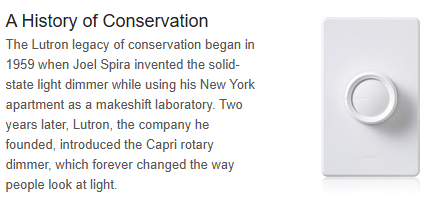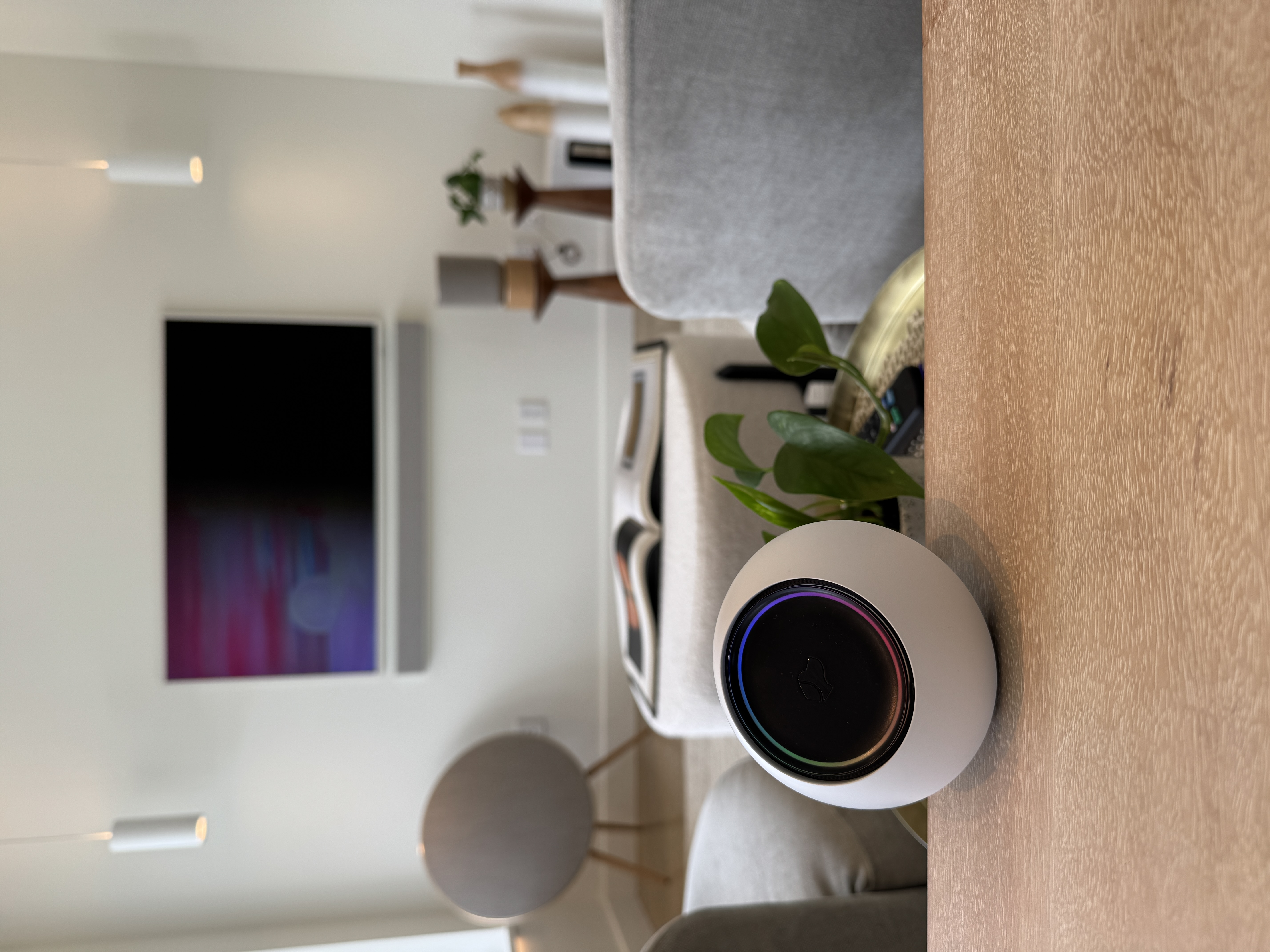Modern lighting design integrates technology, wellness, and aesthetics to create comfortable, functional living spaces. Involving a technology integration partner early ensures compatibility, avoids costly mistakes, and enables smart features like automated scenes and voice control. This collaborative approach results in cleaner design, better lighting quality, and a more intuitive home experience.
When most people think about lighting, they picture decorative and visual elements: such as sculptural pendants over a kitchen island or dramatic chandeliers in entryways. However, lighting isn’t just about what you see because it impacts so many ways you can feel in a space.
To get it right – you need more than decorative fixtures and switch locations on a plan.
Lighting design today is a sophisticated, layered discipline that blends architecture, wellness, and technology. It affects comfort, functionality, and your health. Yet, despite its growing complexity, it’s still common for lighting decisions to be made in silos—without early input from the very people who make lighting work in modern homes.
As an integration firm, we see the downstream effects of this disconnect all too often. That’s why we believe your technology integration partner should be involved early in your lighting design process—from the beginning.
Let me explain why.
Years ago, lighting plans were simple: an overhead fixture here, a switch there, and maybe a dimmer if you wanted to get fancy.

Today, lighting environments are layered, dynamic, and often part of an intelligent home ecosystem. Because fixtures are now LED-based, they can provide beautiful lighting that mimics the sun, including tunable white lighting that adapts in color. They can also provide gharish blue-white lighting or can flicker or hum when they dim.
The result you get depends on fixture selection, adequate wiring, and proper control.
In addition to the advent of higher-end architectural fixtures, we now expect our homes to adapt to us: lights that change throughout the day, turn off automatically, and adjust in sync with motorized shades or respond to voice commands.

These features don’t happen by accident. They require thoughtful coordination across design and technology disciplines—especially when it comes to control, power infrastructure, and fixture compatibility.
That’s where we come in.
When integration partners are brought in late—or left out entirely—the results are often disappointing, time-consuming, or cost more than they should. Here’s why:
These are just some of the real-life disappointments that are completely preventable. Here’s how.
When integration partners like Integration Controls are included early in the process, we don’t just “make the lights work”—we help create a seamless experience that elevates the entire home, mood, and livability of your house. To do so, we focus on a few key areas:
Art? Texture? Safety? Bringing the outdoors in? We often retrofit lighting in shelving, toe-kicks, for artwork, and to highlight outdoor spaces. By focusing on you, lighting design begins with your personal interests, instead of a symmetric grid pattern created simply for permits.
What you want to see and how you wish to feel is where we begin.
A lighting design that includes layers of dimmable lighting becomes a control nightmare on walls. Stacks of dimmers and switches, some of which may not match, often clutter walls and it makes lighting a challenge to control. When focusing on the controls, we collaborate with you as the homeowner as well as the designers on the project to reduce the number of switches on the wall, often replacing them with elegant keypads instead.
Your walls stay clean and attractive. Your lighting becomes smart and connected.
Lighting is one of the most important systems of a home and ensuring all elements align with a control platform is essential, especially if our clients are exploring whole home music, automated shades, and more. Ensuring smart, integrated LED fixtures work alongside controls is a critical step before we even begin designing. This step also outlines any power requirements and coordination needed with your electrician for proper wiring and installation needs.
Once a system has been identified, it's time to discuss what makes life simple to you. Does it include:
Lighting is more than illumination — it’s the quiet backdrop to how you live, feel, and experience your home. When it’s done right, it feels effortless. When it’s not… well, you notice.
That’s why bringing your integration partner into the lighting conversation early isn’t just smart — it’s essential. We’ll help you avoid the all-too-common pitfalls, keep your design vision intact, and create a home that feels as good as it looks.
Ready to see your home in its best light? Let’s talk. Contact us to start designing a smarter, more beautiful lighting experience today.